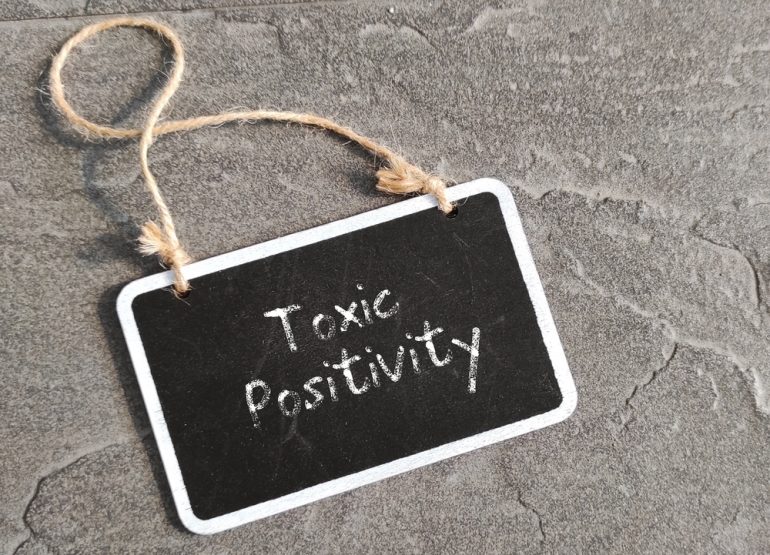Toxic positivity at work: Know the signs and tips to deal with it
Maintaining a positive mindset at all times is not healthy. Know what toxic positivity at work means and what to do about it.
Have you ever been in a situation when you’ve been told “Everything happens for a reason”, “There’s a storm before every calm” or “All is well”, especially when everything seems be going topsy-turvy? Being excessively positive and optimistic all the time, in a way that one becomes dismissive of negative emotions, is what toxic positivity is all about. People tend to deny or suppress their true feelings and emotions, often leading to negative consequences. Let us tell you more about it and how to deal with toxic positivity at work.
What is toxic positivity?
Toxic positivity is an unrealistic and unhealthy approach to life that involves suppressing negative emotions and focusing solely on maintaining a positive attitude, explains psychiatrist Dr Rahul Rai Kakkar of Narayana Superspeciality Hospital. It often involves telling yourself “just think positive” or “everything happens for a reason” to dismiss or downplay real emotional struggles and challenges.
What are the signs of toxic positivity at work?
When people feel pressured to suppress their true emotions and put on a facade of constant positivity, it can lead to emotional suppression, anxiety, and feelings of inadequacy. It prevents people from addressing and working through their real problems and can contribute to feelings of isolation and loneliness.
Here are some signs:
• Constant pressure to stay positive
• Discouragement of open and honest discussions about challenges
• Minimising or dismissing employees’ concerns
• Shaming or guilt-tripping employees for expressing negative emotions
• Promoting an unrealistic culture of constant cheerfulness
How to deal with toxic positivity at work?
If you want a healthy and productive work environment, dealing with toxic positivity at work is essential.
1. Promote emotional intelligence
Encourage employees to recognise and express their emotions in a healthy way. Emotional intelligence helps people to understand and manage their feelings effectively, says the expert.
2. Create a safe space
Establish a workplace where employees feel safe sharing their concerns and challenges without fear of judgment or dismissal.
3. Encourage open communication
Encourage a culture of open and honest communication, so this includes acknowledging problems and working together to find solutions.
4. Offer support and resources
Provide resources for mental health and well-being, such as Employee Assistance Programmes, to help employees cope with stress and difficulties.
5. Set realistic expectations
Encourage a balance between acknowledging difficulties and maintaining a positive outlook. Realism is key to a healthy workplace culture.
6. Promote self-care
Be it at work or home, self-care should not be ignored. In office, you can encourage colleagues to take care of their mental as well as emotional well-being. Self-care practices can help to alleviate stress and promote overall positivity.
7. Address toxic positivity directly
If you notice instances of toxic positivity, address them respectfully and educate employees about its potential harm.
8. Celebrate small wins
Recognise and celebrate small accomplishments and progress rather than solely focusing on major successes. This can help to alleviate the pressure for constant positivity, says Dr Kakkar.
9. Lead by example
As a leader or colleague, demonstrate authenticity in dealing with your own emotions. By setting a positive example, you can encourage others to do the same.
10. Focus on problem solving
Facing challenges or difficulties with a positive outlook is good. But just pretending that everything is fine means you are downplaying negative feelings. It’s an avoidance technique that stops us from solving the real problem. You need to have a strategy in place so that you can solve the issue instead of ignoring it.
Yes, toxic positivity can harm your mental health, so addressing it can foster a healthier and ultimately more productive workplace.

